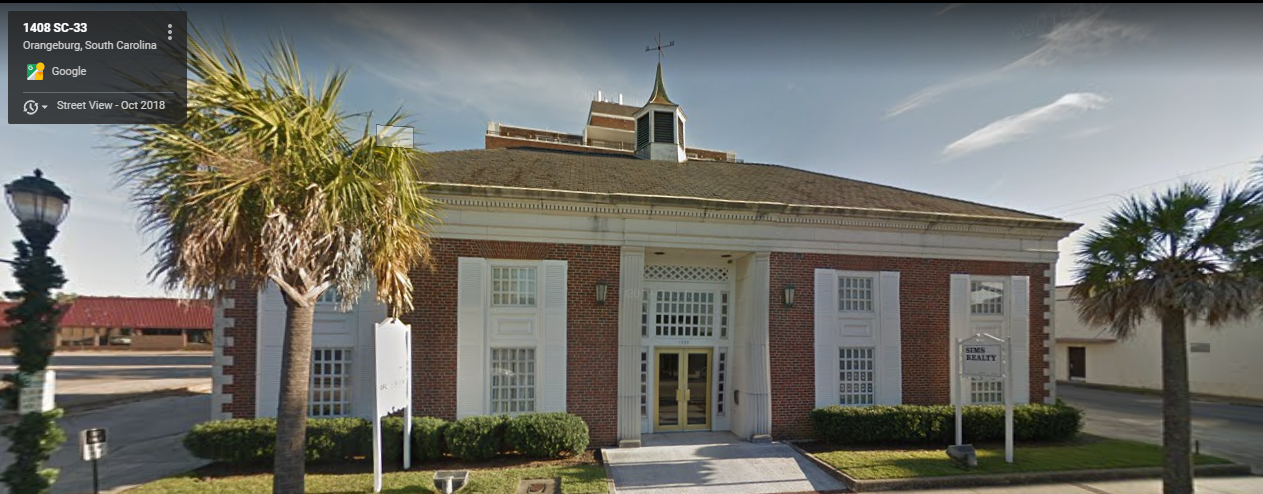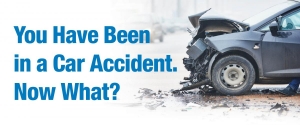You are stopped in traffic, and suddenly your world is turned upside when a vehicle hits you from behind. You saw the car coming for a split second in your rear-view mirror just before impact and adrenaline is racing through your body as the impact take place and everything is jolted and damaged. After the accident, you still have the adrenaline racing through your body and your mind exhibits confusion as to what happened. This is a critical time for a number of reasons, and something that must have been thought through with a plan of action before it happens for real. In terms of legal protection and security, the actions taken shortly after an accident are critical and can have lifetime effects. The first thing to remember after an accident, whether a rear-end collision or another type of high impact collision, is that the adrenaline rush that takes place in the moments before, during and after the accident can hide injuries and cause some confusion. I have been rear-ended, and have also been in a combat situation in which adrenaline flooded my system. It is a normal human reaction when life is threatened and the "fight or flight" response kicks in. Crucially, the adrenaline can hide the pain of serious injury for hours or days. That's why it's important to always be cautious in moving after an accident and always getting medical checks after an accident. You may not feel the pain of serious injury, but it can exist and the pain will set in sometime later. In terms of legal protection (legal protection in both defending a lawsuit and the ability to seek legal redress for damages associated with an accident), getting medical checks immediately after the accident is critical and can make or break a future lawsuit. Attempting to "tough it out" and wait possibly days before receiving medical checks can kill the ability to bring a suit. The longer the gap between the accident and medical care, the harder it can be to prove the injury is associated with the accident. A day or more of a gap leaves the potential for the claim of an intermediate accident as the cause of the injuries. Additionally, the type of injuries found immediately after the accident can help prove the liability, particularly in the later attempts to reconstruct the accident. The next thing to consider is quickly noting and obtaining evidence to help prove the liability is with the other driver. Even while quickly seeking medical attention, it's important to try to note any potential witnesses. It's also important to note and seek to obtain potential video evidence (for example, school buses normally have cameras facing the back of the bus and can sometimes allow a camera recording of an accident behind the bus. Officers now wear body cams, and this is important to note for evidence. Lastly, statements which can be construed as an admission of liability by the other driver are an exception to the hearsay rule and can be testified by anyone who hears the driver make the admission. Lastly, it's important not to make any admissions at the scene of the accident or any statements which can be construed as an admission. Those types of statements can be testified about by others who heard the statement as party admissions are an exception to hearsay rules. The problem can be that a party is confused from the adrenaline and doesn't realize he is not at fault and makes a statement construed as an admission. That can be enough evidence for the other side to win a suit, even when actually liable. It's important to speak with the law enforcement officer drafting the accident report, but understand that report cannot come in as evidence unless the officer is a certified accident reconstructionist and testifying as an expert. That would be extremely rare. Unless the officer is a witness to the accident, he would not be able to testify at trial to anything beyond what he actually saw and without opinion. It is still important to speak to the officer and provide detail, as the report can be used by insurance companies to determine settlement. The key is to think about what must be done after an accident before an accident takes place. Hopefully, it will never happen, but if it does you will already have much information most do not. When the initial medical treatment is complete, I would recommend looking for an attorney you trust to get on top of the case. He will be quite happy if you have followed my above advice, then it's time to follow his advice. Sola fide,
Bill
Published in: Law Related Articles
1408 Russell St Orangeburg, SC 29115 EMAIL: This email address is being protected from spambots. You need JavaScript enabled to view it. PHONE: 803 937 5571 SUNDAY CLOSED MONDAY 8:30 AM to 5:00 PM TUESDAY 8:30 AM to 5:00 PM WEDNESDAY 8:30 AM to 5:00 PM THURSDAY 8:30 AM to 5:00 PM FRIDAY 8:30 AM to 2:00 PM SATURDAY CLOSED
The Bill Connor Law Firm
Office Hours

CALL NOW! 803-937-5571






